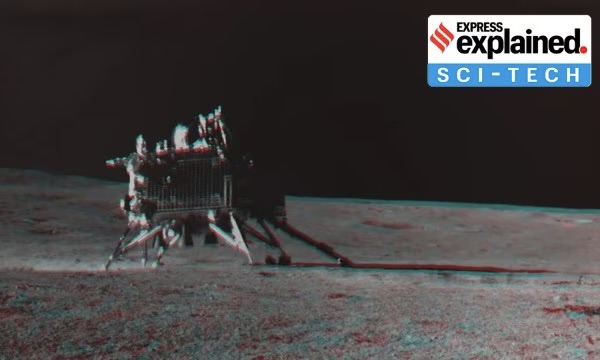What the first findings from ISRO’s Chandrayaan 3 mission tell us about the Moon
Findings from one of Chandrayaan 3’s scientific instruments support the hypothesis of a magma ocean on the Moon in its earliest phase. They also suggest a churn of lunar crust, probably caused by an asteroid hit

Almost a year after Chandrayaan 3 landed on the Moon, scientists in India have released the findings of studies carried out by one of the instruments on the rover module.
The findings comprise the first analysis of the composition of the topsoil in the Moon’s southern latitudes, and support the widely-accepted hypothesis that the lunar surface in the immediate aftermath of the Moon’s formation was covered by a sea of molten material.
The data collected by the Alpha Particle X-ray Spectrometer (APXS) also contain new information about the elemental composition of the lunar surface that can help to better understand the evolution of the Moon.
What has the APXS found?
Scientists have reported three key findings.
- The terrain around Chandrayaan 3’s landing sight is fairly uniform;
- The Moon’s crust was formed layer by layer, which adds weight to the lunar magma ocean (LMO) hypothesis; and
- The topsoil around the lunar south pole has a greater-than-expected sprinkling of minerals which compose the lower layers of the lunar crust.

Taking forward LMO hypothesis
The Moon is thought to have been formed after a large asteroid collided with Earth some 4.5 billion years ago. Scientists hypothesise that in its early life, the Moon’s surface was made up entirely of an ocean of magma.
As this ocean cooled over millions of years, heavier silicon- and magnesium-rich minerals such as olivine and pyroxene sank to the lower levels of the lunar crust and its upper mantle (which is generally the largest layer inside a planetary body, bounded by the planet’s core on the inside and the crust on the outside). Lighter minerals, composed of calcium- and sodium-based compounds, floated to the top and formed the upper crust.
Disclaimer: The content and images in this article are sourced from "The Indian Express" and are used solely for representational purposes. All rights to the original content and images remain with "The Indian Express." The original article can be accessed here.